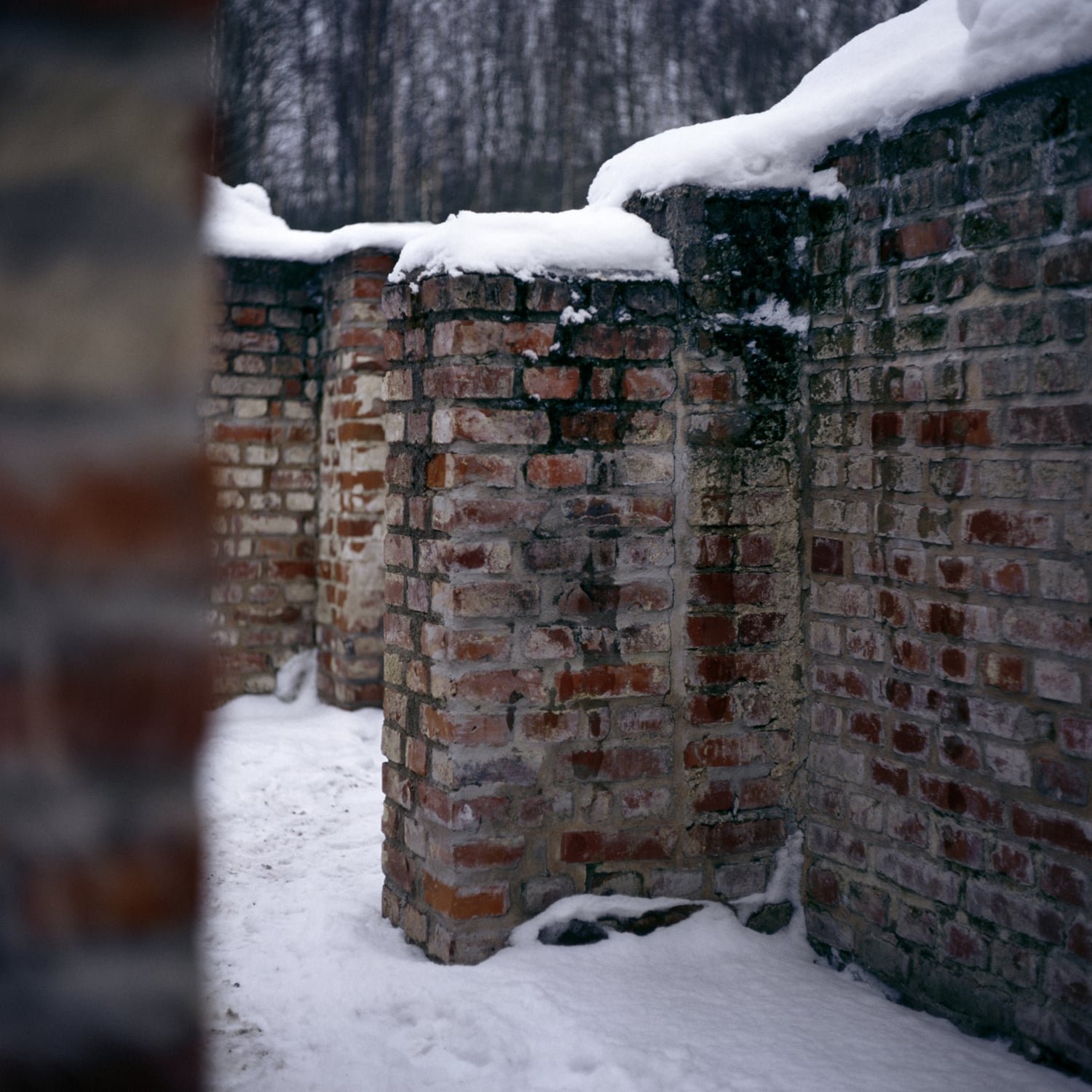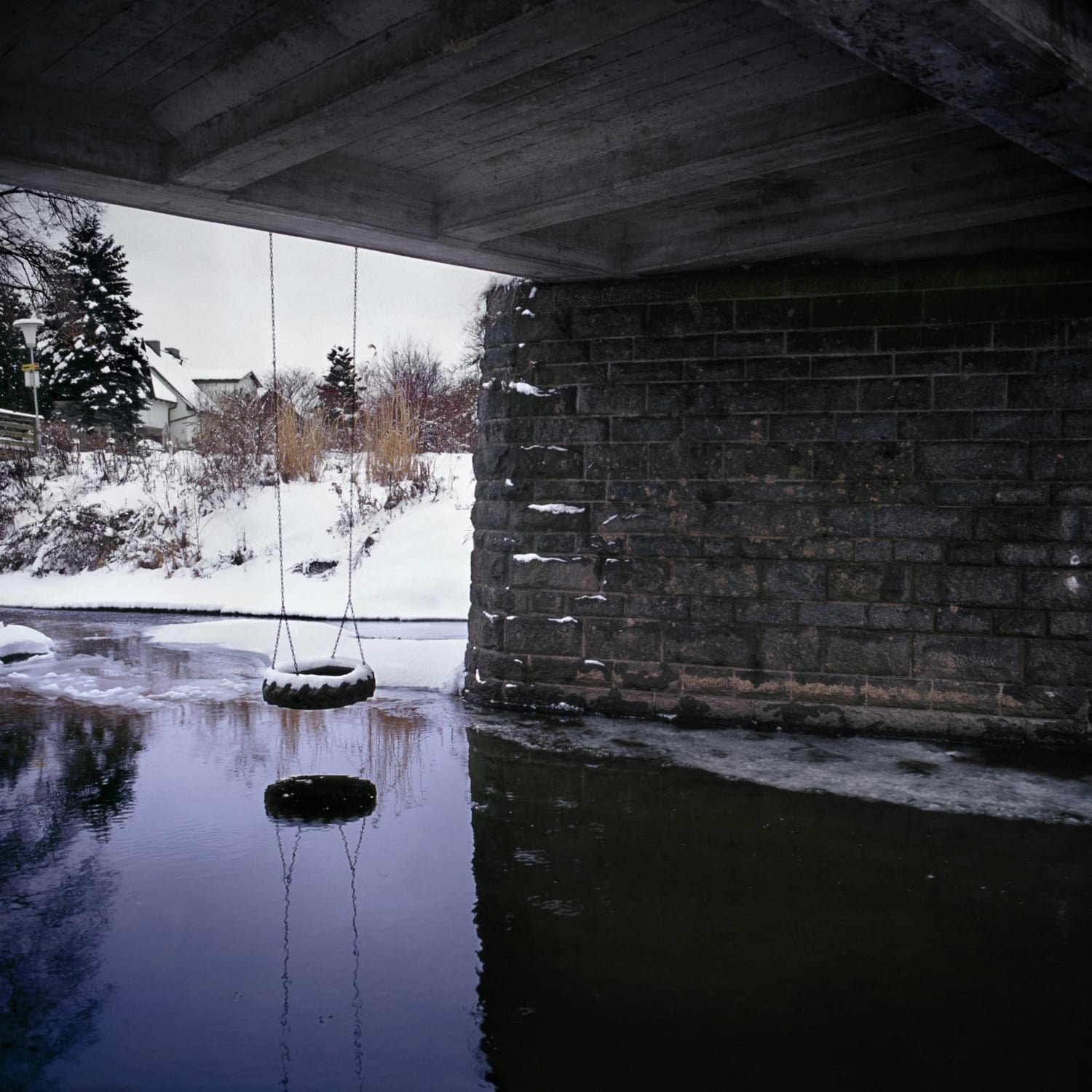Lager
While Spain faced postwar, the world in general and Europe in particular were mired in a conflict whose consequences shocked in a different way: this difference was marked by the concentration and extermination camps created by the Third Reich. Until then, the concentration camps were not unknown, but it was the first time such a complex industrial infrastructure and systematic methodology were created with the aim of killing people. The methods used by the nazis progressively achieved a sophistication level difficult to assimilate because of their degradation, violence and cruelty with the victims. Today, the territories have changed and some of these places have been maintained and even reformed to become institutions that in one way or another remember what happened; others have being adapted for new uses while others continue with similar functions.
Lager arises the time relationship maintained in these places and gives the viewer the impulse of visiting them. The starting point of Lager comes from reading memoirs from the survivors of the Holocaust (Viktor Frankl, Neus Català and many others) and the explicit shock value that comes from their experiences, including the displacement through several camps like Auschwitz (Poland), Struthof (France), Mauthausen (Austria), Dachau, Buchenwald (and Dora), Flossenburg and Sachenhausen (Germany), in order to locate spatially their background. Through the personal experience , LAGER is built using the remnants that still remain as a link to observe the transformation these places have experienced and their actual use.
Lager is composed by different images of concentration and extermination camps of the Third Reich, as well as their surroundings and related facilities. The final work shows the photo accompanied by a text indicating the place and function of the shown location. The absence of the most representative symbols in these places is deliberate, allowing an individual conception of space-time-reality.
“It happened, therefore it can happen again: this is the core of what we have to say .” ― Primo Levi.




















